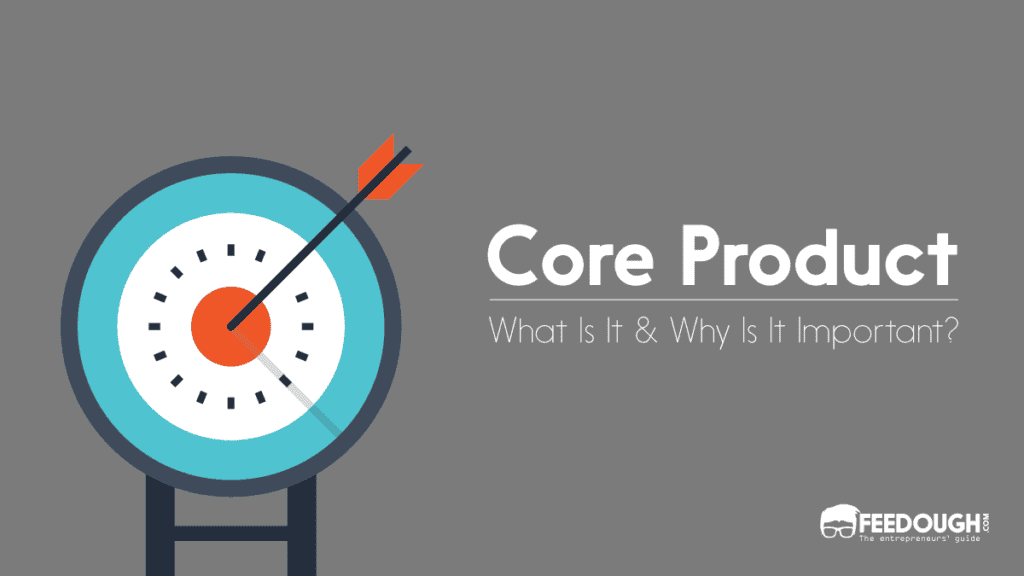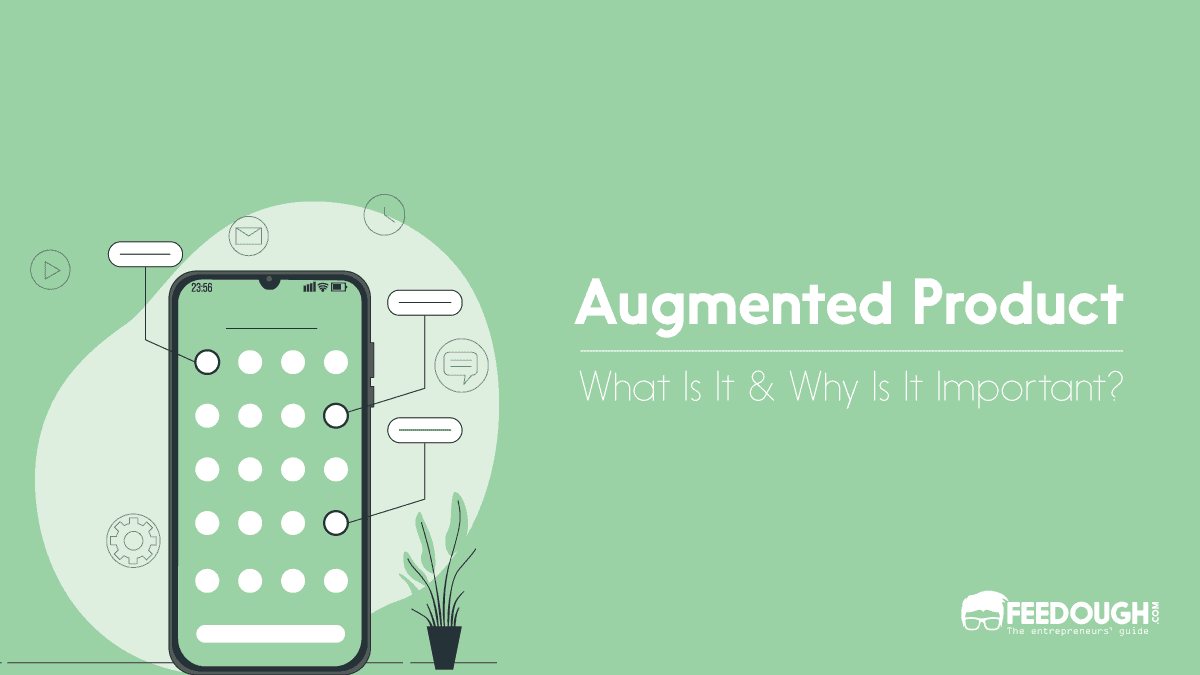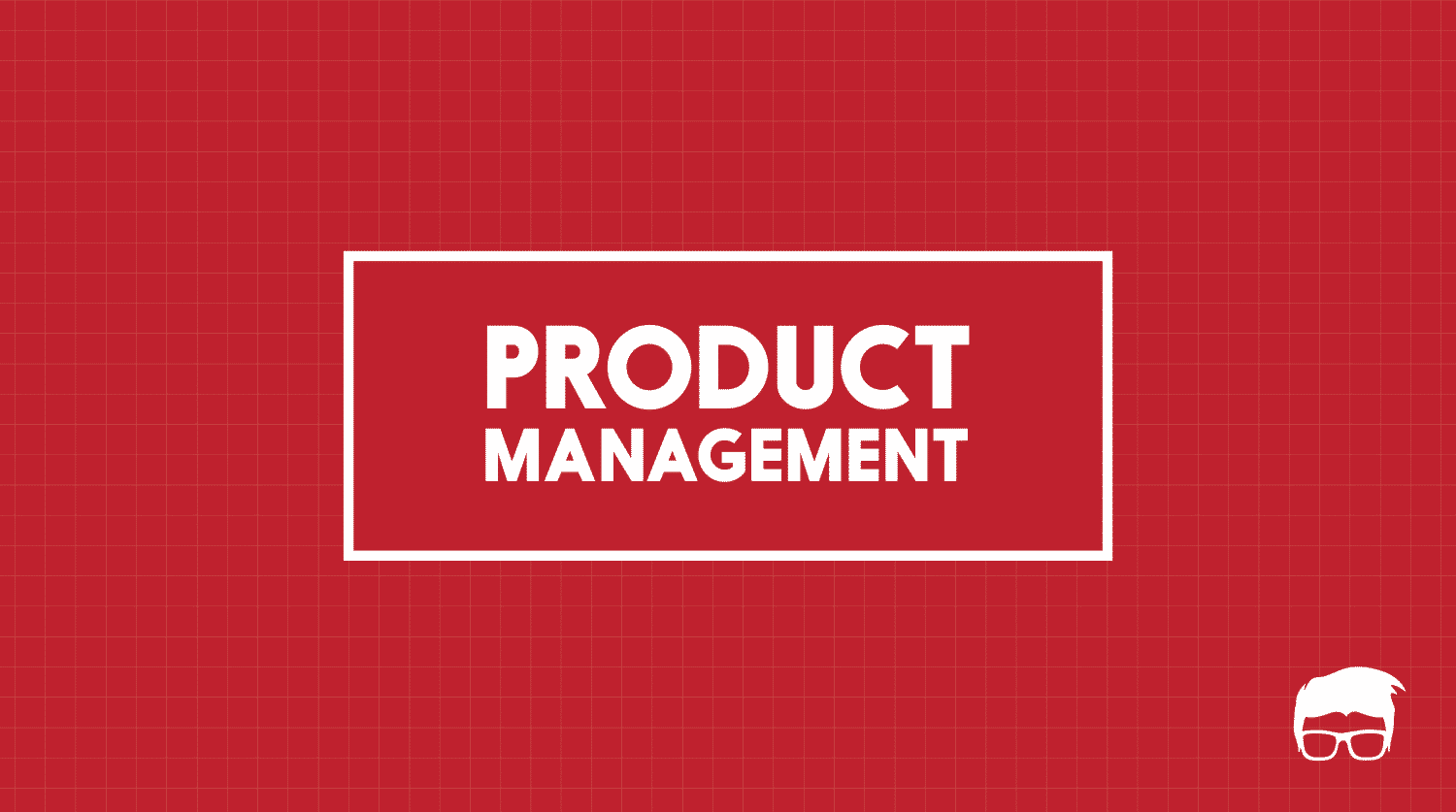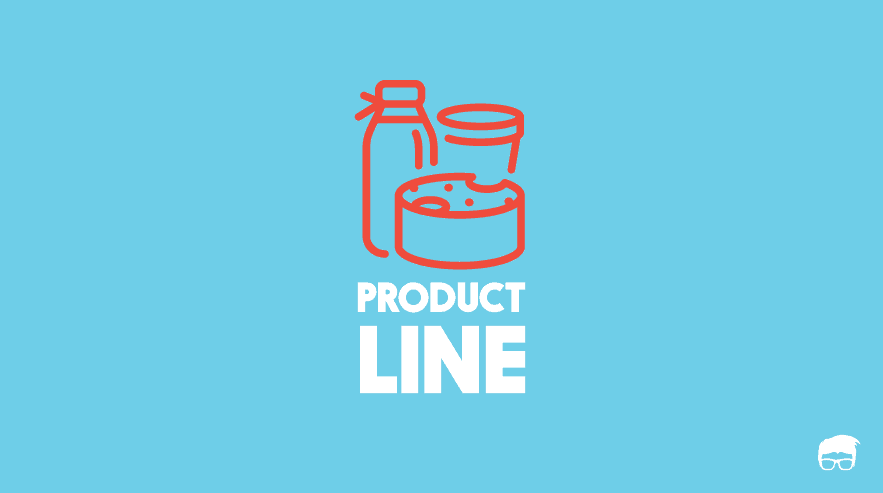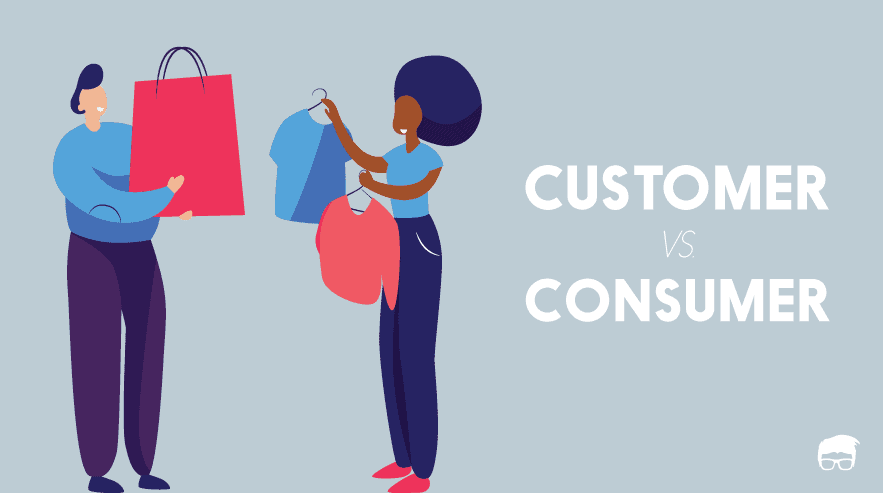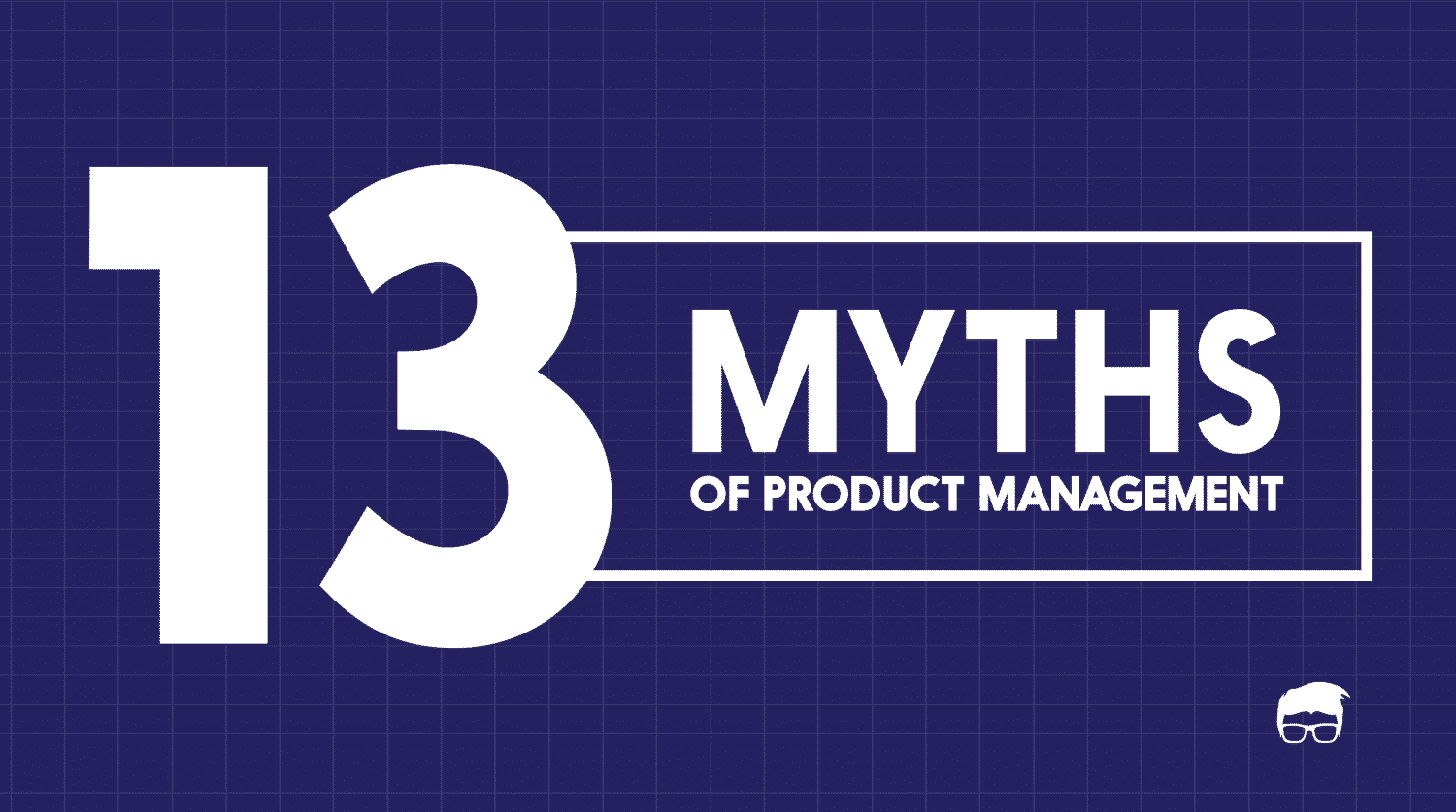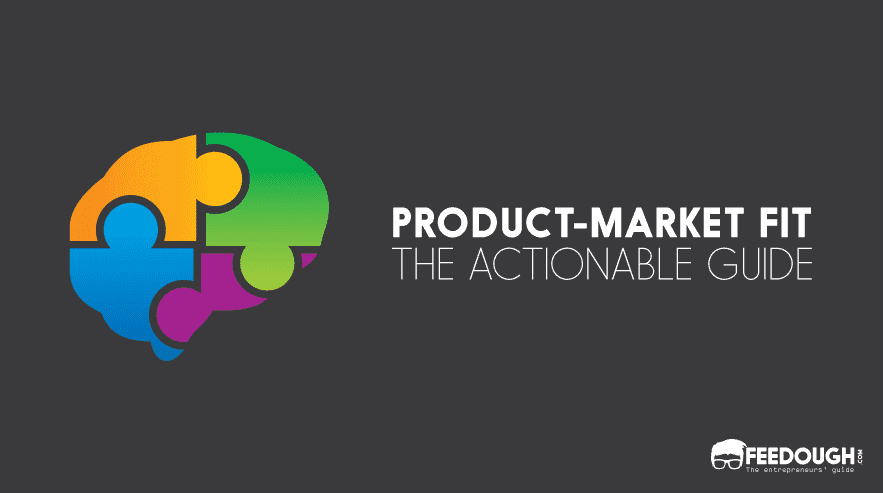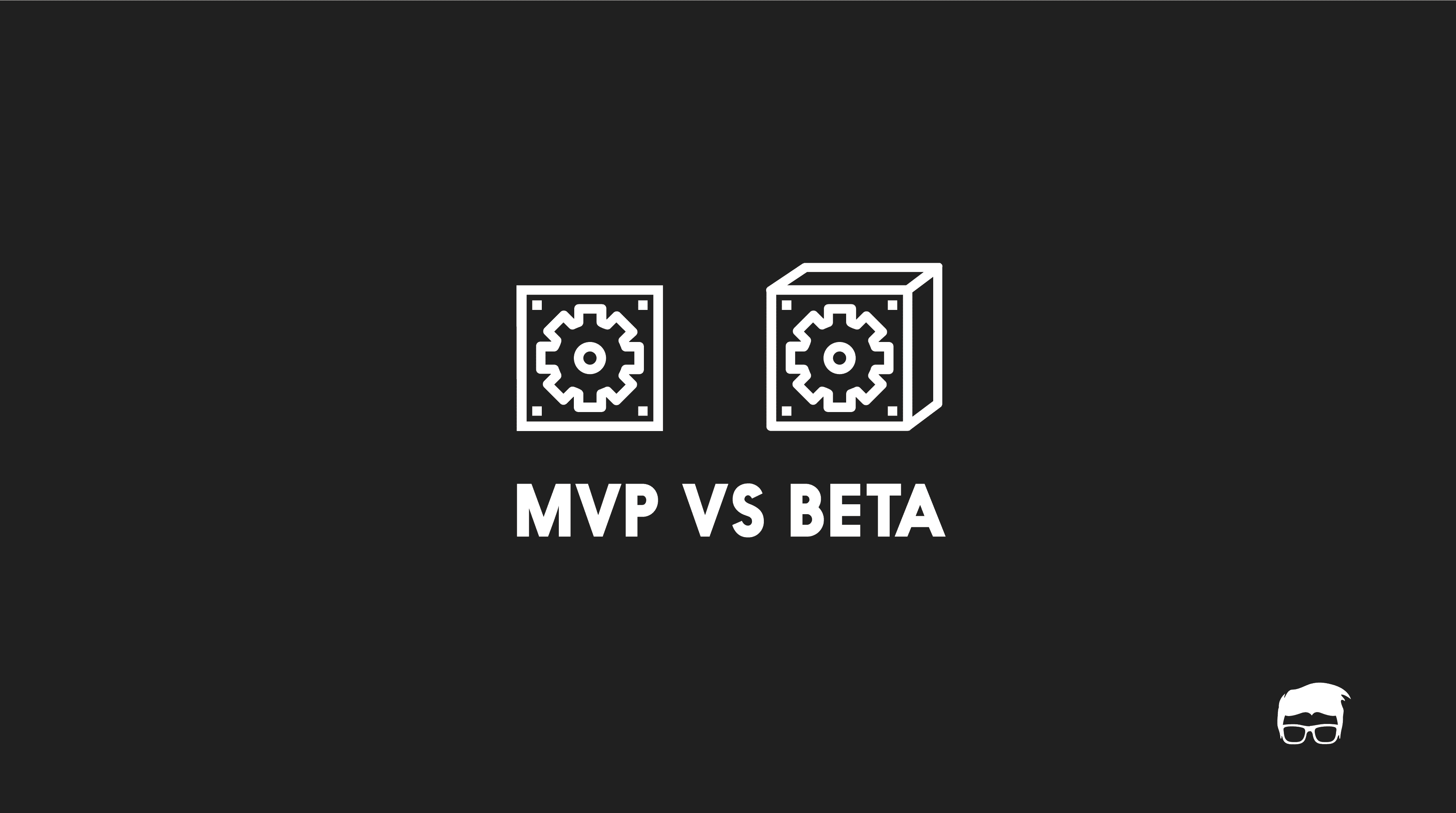The actual product the end consumer receives is a mixture of two elements: a core product, and some augmented features.
Here’s an example, an average customer’s main motive for visiting Starbucks is to purchase a cup of coffee. In this case, the core product is coffee; the augmented features could be anything from free Wifi, laptop charging points, exclusive flavours, and even a comfortable atmosphere.
Hence, the core product is the main reason why customers purchase a particular offering.
But what is a core product, exactly? Why is it important? And what are some examples?
What Is A Core Product?
A core product is the primary or fundamental utility or benefit a customer receives when they purchase an offering.
In simple terms, it is the purpose of an offering – energy drink to provide energy, electric toothbrush to clean teeth, etc.
This core product can be tangible, such as a physical item (e.g., clothing), or intangible, such as an experience (e.g., getting their nails done).
It answers the what and why behind the purchase decision.:
- WHY would a customer buy a certain item?
- WHAT fundamental utility does a customer get from making this purchase?
For example, a customer buys packaged drinking water because the core product is hydration, not the bottle itself. The other features form the other levels of this product that add to the appeal but don’t provide the primary utility.
The Five Levels Of Product
The product that the customer receives is the actual product. It is made up of five levels and the core product forms only a part of the entire product.
The five levels of a product are core, generic, expected, augmented, and potential products.
- Core product: The primary focus of customer needs and wants. It serves as the most important element as it answers their need or desire. For example, a toothbrush’s core product is to clean teeth, not its handle shape or colour.
- Generic product: A version of the product that includes attributes & features that are absolutely necessary for it to function. For example, a toothbrush won’t be of any use if it didn’t have bristles.
- Expected product: These are the features customers expect from a specific product. For example, customers expect toothbrushes to be of a certain shape and size and made with durable bristles.
- Augmented Product: The additional features which enhance the core product but are not the buyer’s primary focus. For example, a toothbrush may come in many colours and shapes, which are not essential to its core purpose of cleaning teeth. But they may help the customer choose what is most aesthetically pleasing or ergonomic.
- Potential product: These are additional features which could be built into the product to meet customer needs but have not yet been developed. For example, a toothbrush may come with an app that tracks your brushing habits and provides feedback on how you can improve oral hygiene.
The Importance Of Core Product
The core product forms the spine of the actual product. If packaged drinking water doesn’t quench a customer’s thirst, the other aspects of it won’t matter.
Besides this, here are some of the reasons why core products are so important:
- Resolve customer pains: The core product determines an offering’s value proposition, aiming to resolve customers’ specific pain points.
- Forms the base for augmented products: The core product is the platform to which augmented features are added.
- Determines customer experience: A good core product determines the overall customer experience and sets up expectations.
Examples Of Core Product
While one may consider the core product of any offering to be its primary function, countless examples illustrate this concept.
Core Product Of A Shampoo Brand
For example, a shampoo brand like Dove can be boiled down to its core product: a cleansing shampoo. This core product can then be augmented with added features like anti-frizz, volumising, and dandruff control.
Core Product Of A Phone Service Provider
Airtel, for example, would fail if it didn’t provide reliable phone service as its core product. This is because all of the additional features, such as call forwarding, voicemail, and text messaging, require a solid foundation of phone service.
Core Product Of A Software
Microsoft’s Powerpoint will be of no use to its users if it fails to provide the core product of presentation software. This means that all other features, such as animation, transition effects, and support for high-definition video, must be built on top of this core product in order to make Powerpoint useful.
Go On, Tell Us What You Think!
Did we miss something? Come on! Tell us what you think about our article in the comments section.
A startup consultant, digital marketer, traveller, and philomath. Aashish has worked with over 20 startups and successfully helped them ideate, raise money, and succeed. When not working, he can be found hiking, camping, and stargazing.
